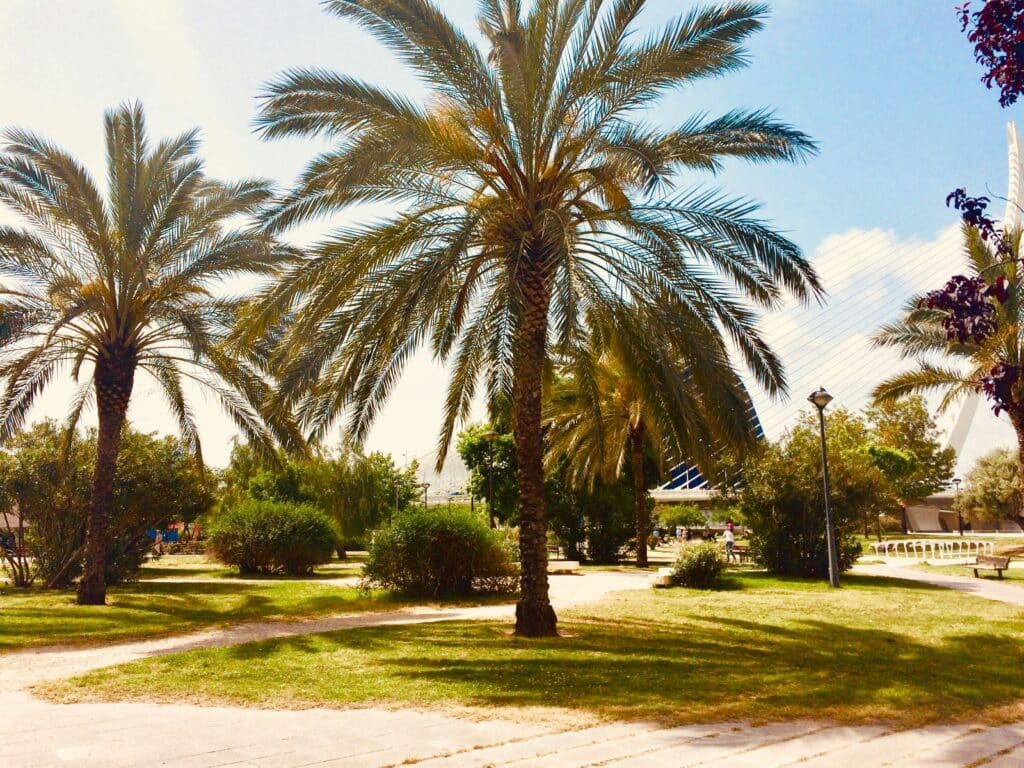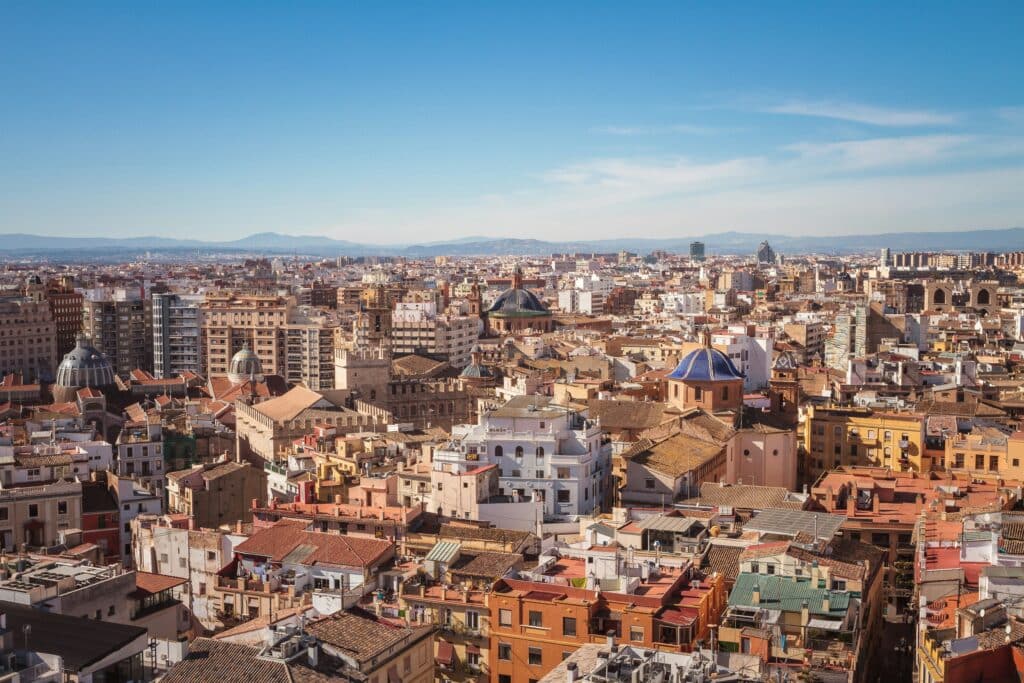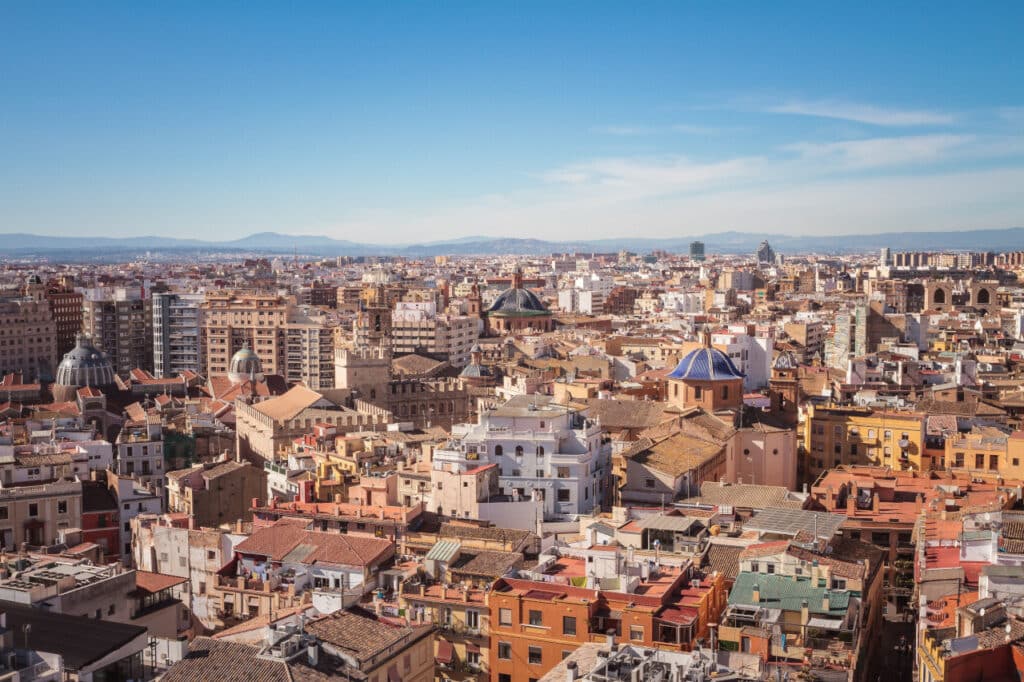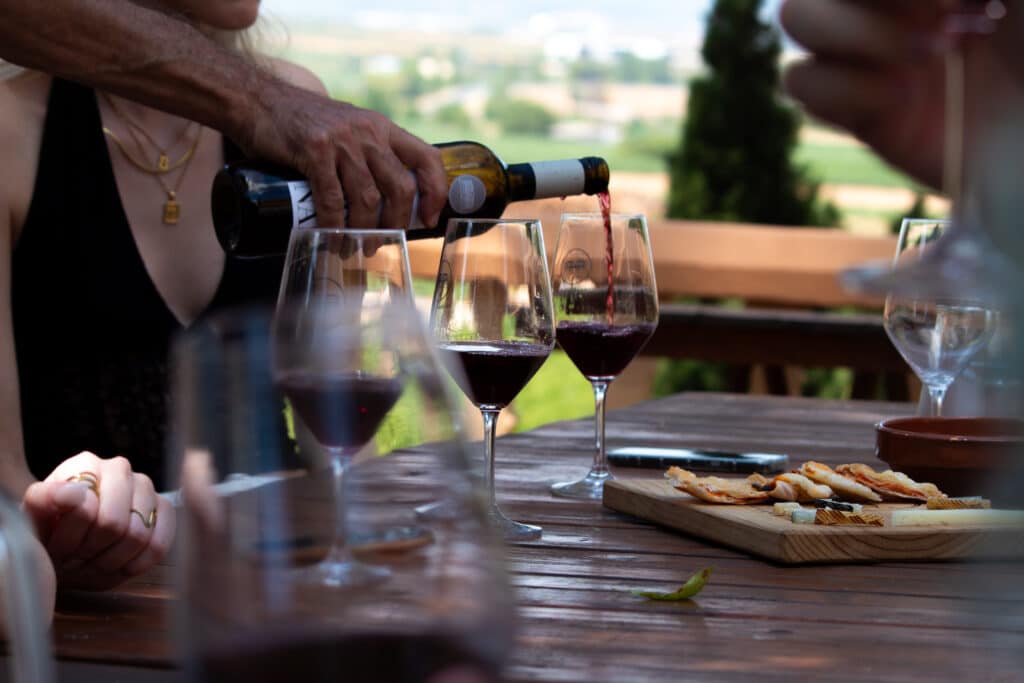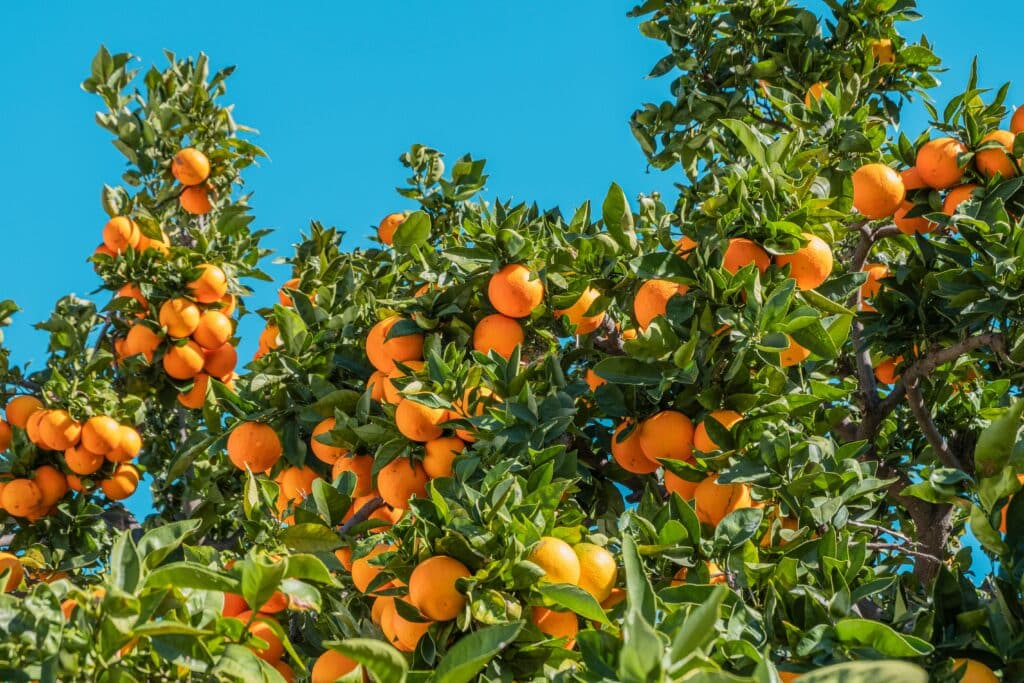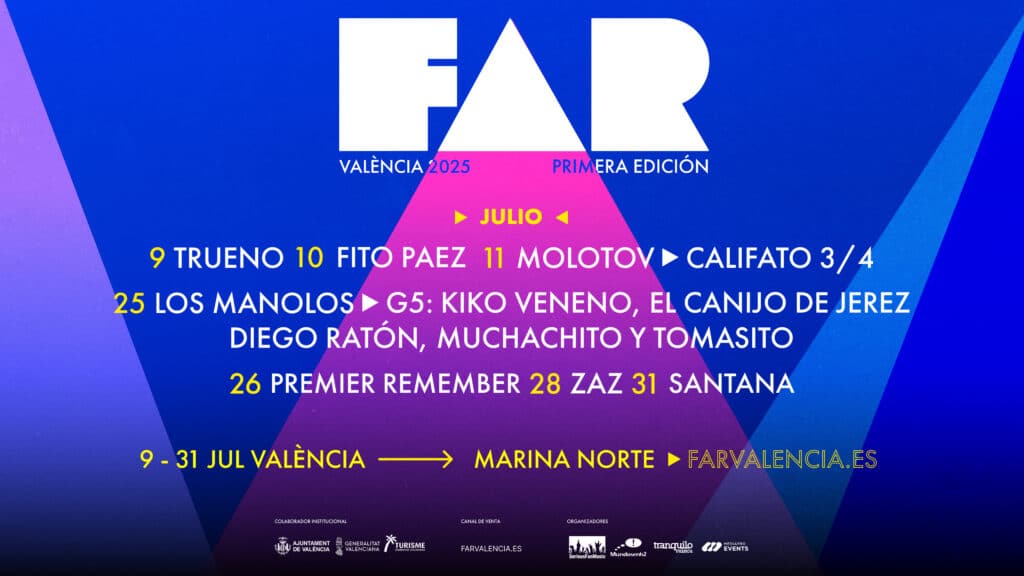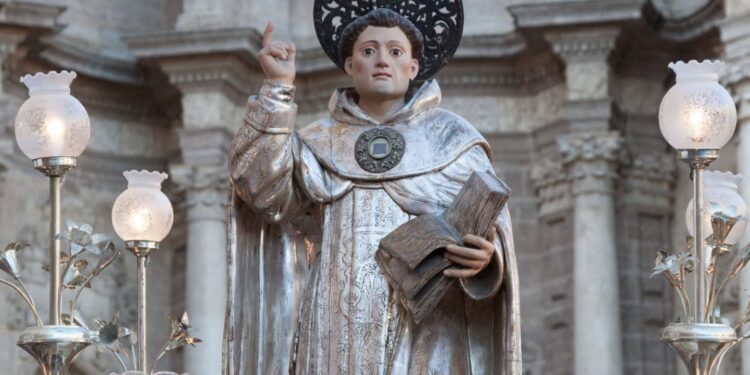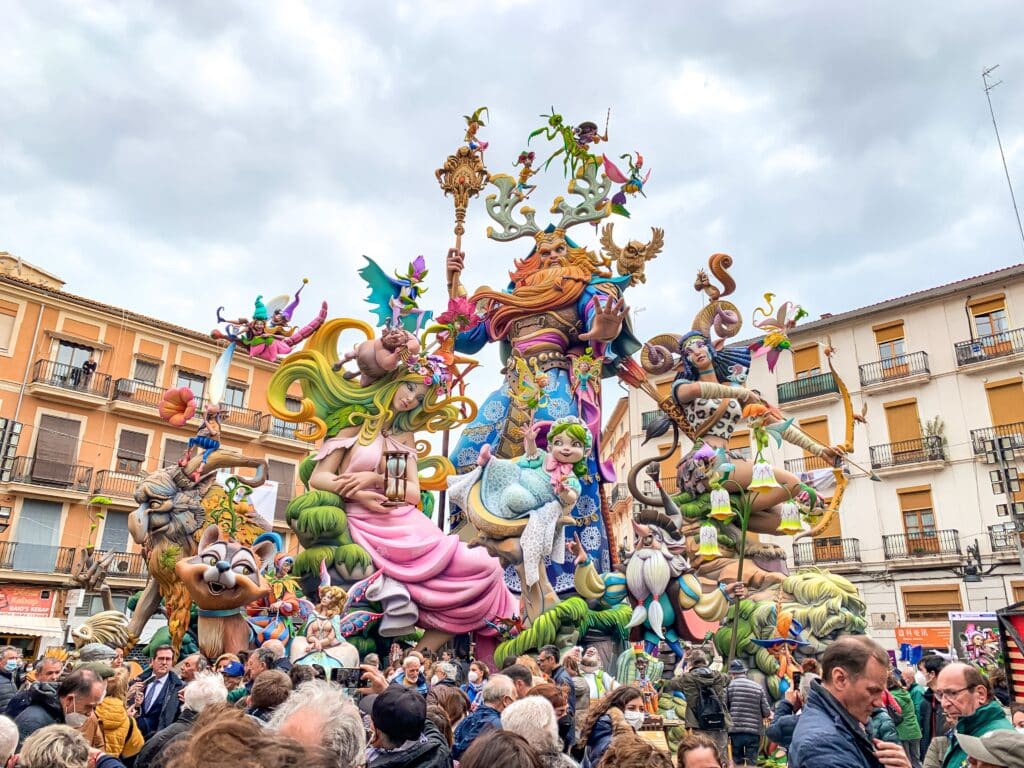11 unbelievable dishes of Valencia at Easter
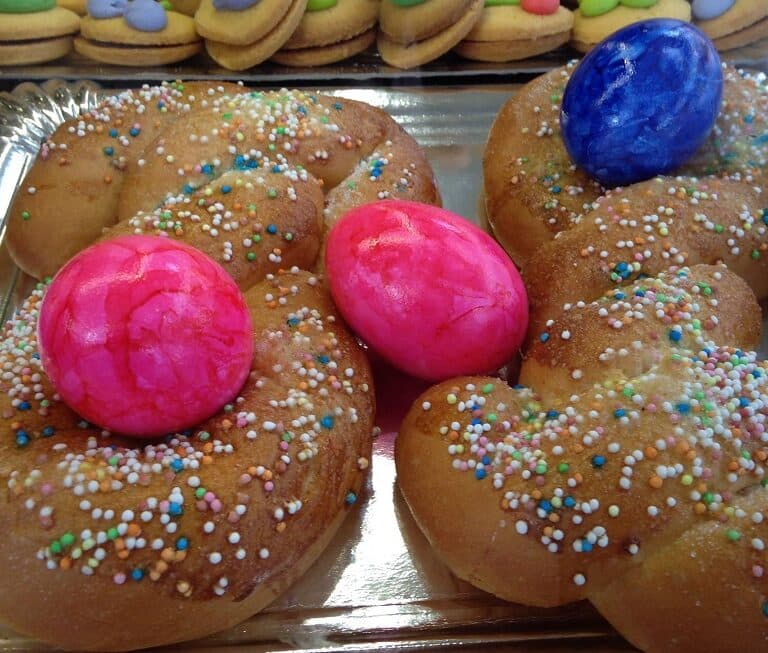
Easter in Valencia is different from all the others: it is lived from the essential fishing neighborhoods, from El Cabanyal and Poblados Marítimos
And it is that here it is called ”the maritime Easter”: declared a Festival of National Tourist Interest, it hosts some 80 processions that are held between Friday, April 8 and Sunday, April 17.
And of course, the gastronomy of these dates is related to fish.
Los pepitos
Little known, nutritious and original Tapa from Valencia.
It is a milk roll from which the crumb inside is removed and filled with titaína (another typical dish).
Once filled, they are covered with a toothpick so that the filling does not come out, they are bathed in milk, passed through the egg and fried.
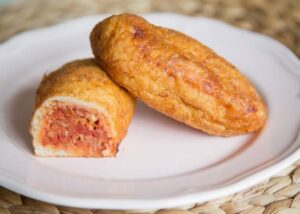
Pepitos, guía hedonista
La titaína
Star dish of la terreta.
It is a kind of tomato and pepper pisto to which pine nuts, garlic, and salted tuna belly are added. Delicious.
It is usually eaten on a plate to dip with bread or in the form of coca, which is a typical dough of the area.
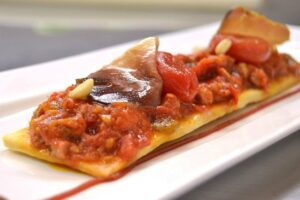
Coca con titaína
Croquetas de bacalao
Although you can find it throughout the year in most restaurants in the city, its origin dates back to Easter.
Although it has the shape of a croquette its dough and texture are different: it contains egg, potato, and crumbled cod that make it very soft inside and crispy on the outside.
Unlike croquettes, it does not have breadcrumbs.
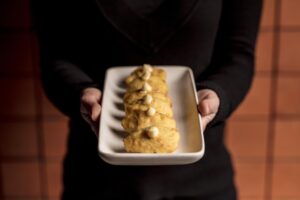
Buñuelos de bacalao, Central Bar
Potaje de vigilia
Traditional Good Friday recipe.
It is a stew based on chickpeas, cod and spinach. As a final touch, put chopped hard-boiled egg on top. Nutritious and tasty spoon dish that also serves to warm the body on the coldest days of winter.
Sepia encebollada
This dish is a true delicacy for cuttlefish lovers: the cuttlefish is cooked with the onion over very low heat and olive oil, pine nuts, bay leaves, and paprika are added.
The flavors are integrated and it is spectacular, healthy, and simple.
Escabeche de sardina
A good sardine marinade cannot be missing on our table: the traditional sauce contains carrots, onions, paprika, bay leaves, white wine, garlic and vinegar.

Loganiza de Pascua
It is a sausage that is sold especially at Easter that has to be eaten once it is dry.
It is a thin, elongated, and spicy sausage that is hung from a thread and left to dry for days, and then eaten in bite-sized pieces.
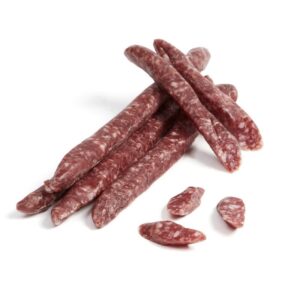
Clásica longaniza de Pascua, Bodegas Gargallo
Sardina de bota
The name comes from the ancient tradition of crushing the sardine with the door hinge: it was done this way to loosen the scales and the spine.
Traditionally it was eaten with green peppers and fried eggs.
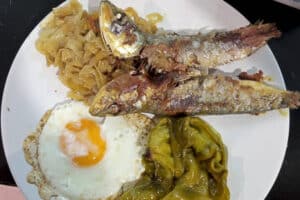
Plato al completo con sardina de bota, valenciaplaza.com
Mona de Pascua
Or also called panquemao, it is a sweet that is only found at this time of year and consists of a round or animal-shaped dough that contains a boiled egg inside.
It is usually taken with the family and play breaking the egg on the heads of others.
Where to buy the best?
-
Horno-pastelería Vicente García
-
Forn Llatzer
-
Horno San Antonio del Mercado Central
-
Panquemados Moscardo de Alberique

Torrijas
Classic where they exist, you can find it throughout the year but this is a star season.
It is old bread, which is dipped in milk and then fried.
But in Valencia we make it different… we dip it in orchata!
¿Dónde comerte las mejores?
-
Bar Rojas Clemente (con chocolate)
-
MercatBar
-
Canalla Bistró (torrija caramelizada)
-
Horchatería Daniel
-
Restaurant Frida (con dulce de leche)
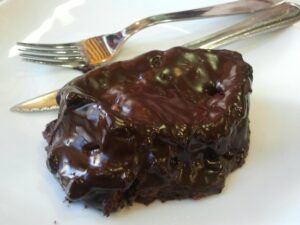
Coca en llanda
Of Arab heritage, it is a fat sponge cake made from flour, egg and sugar.
Very typical for a snack accompanied by mistela.
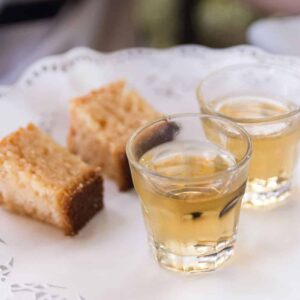
Coca en llanda con mistela, l’Alquería del Pou
The variety of Valencian gastronomy will never cease to amaze you… There are recipes for every season, with a diversity of ingredients, healthy and for all tastes!



